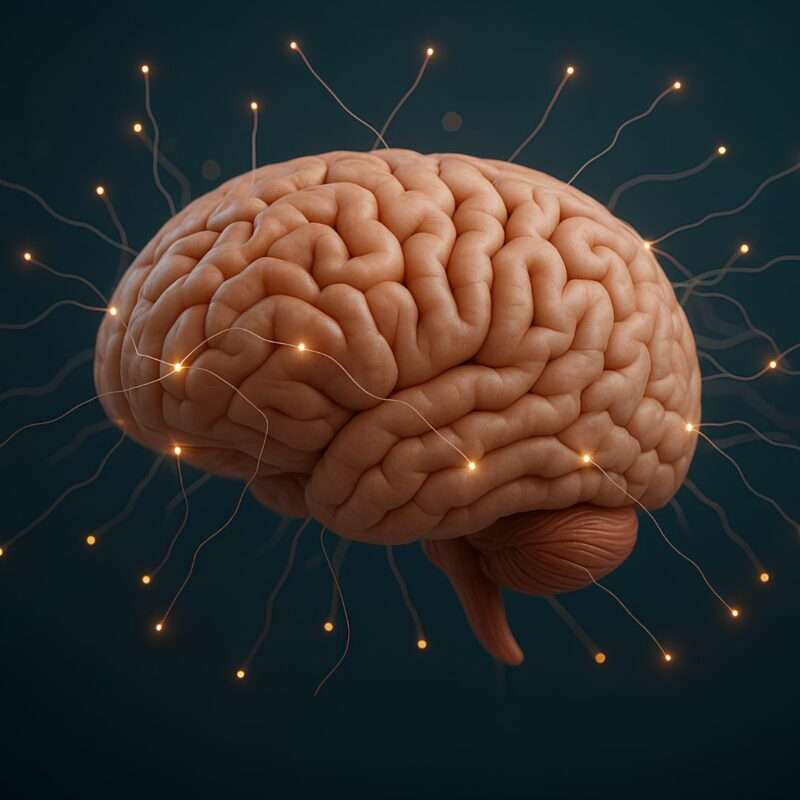Understanding the Brain Under Trauma:
A Scientific and Integrative Perspective
Introduction: Why Understanding the Brain’s response to trauma Supports Healing
When we go through psychological trauma — whether a single overwhelming event or prolonged relational trauma — our brain engages survival mechanisms that can later become sources of ongoing distress. Understanding the role of the amygdala, prefrontal cortex, hippocampus, and autonomic nervous system can help make sense of these reactions and shape a more targeted, personalized treatment approach.
As a strategic psychotherapist and clinical hypnotherapist, I use an integrative and somatic approach that includes the body, emotions, cognition, personal history, and context. My toolkit includes EMDR, NLP, hypnosis, and nervous system regulation techniques such as sound therapy and, in some cases, Reiki (especially at the beginning of therapy to promote calm and connection).
The Traumatized Brain: What’s Really Going On?
The Amygdala: Your Internal Alarm
The amygdala plays a key role in detecting threats and triggering fear. After trauma, it becomes hyperactive — which explains symptoms like hypervigilance, panic, and flashbacks. Neuroimaging studies have shown that people with PTSD tend to have heightened amygdala activation [1].
The Prefrontal Cortex: Executive Function Offline
This brain area helps regulate emotions and make decisions. Under extreme stress, its activity decreases — which explains why trauma survivors often know they are safe but still feel intense fear. Studies confirm reduced prefrontal activity in individuals with PTSD [1].
The Hippocampus: Contextual Memory Disrupted
The hippocampus is vital for memory and orientation. Trauma can impair its function, leading to fragmented, intrusive memories. Research shows that people with PTSD often have a reduced hippocampal volume [2].
Why an Integrative Approach?
Recent neuroscience and clinical psychology literature show that trauma recovery often requires a multimodal approach that addresses the body, emotions, and cognition.
Somatic Therapies: A Growing Scientific Basis
Somatic practices help regulate the autonomic nervous system — essential in trauma recovery. Breathwork, grounding techniques, and gentle movement can help restore internal safety. These approaches are supported by studies showing they reduce physiological stress responses [3].
Clinical Hypnosis and Strategic Therapy
Hypnosis allows access to altered states of consciousness, where traumatic memories can be reprocessed and internal resources strengthened. Strategic psychotherapy provides a structured, goal-oriented method to create change. Studies support hypnosis as an effective intervention for trauma-related disorders [4].
EMDR and NLP: Effective Tools for Reprocessing
EMDR (Eye Movement Desensitization and Reprocessing), backed by multiple clinical trials, helps the brain reprocess traumatic memories. NLP (Neuro-Linguistic Programming) focuses on transforming internal representations and has shown positive effects for phobias, anxiety, and body image issues. Meta-analyses confirm EMDR’s effectiveness in PTSD treatment [5].
Regulation First: The Foundation of Healing
Often, trauma therapy must begin with nervous system stabilization before deeper work can begin. This is where tools like sound therapy (e.g., tuning forks, crystal bowls) or Reiki may play a role in creating a safe therapeutic container and calming physiological arousal.
While these modalities do not replace evidence-based psychotherapy, they can complement it — especially when tailored to the individual’s needs. A 2024 systematic review supports music therapy as potentially helpful for reducing PTSD symptoms, though further research is needed [6].
Conclusion: Healing Is Reconnection
Trauma recovery doesn’t just involve analyzing the past — it’s about reconnection: to the body, to one’s emotions, to safety, to personal meaning. The brain must re-learn how to interpret safety, restore trust, and regain flexibility where it once froze.
It’s a process that deserves precision, compassion, and consistency.
Curious to know more or explore whether this approach fits your needs? Feel free to get in touch through my website bodymind-therapy.
📚 Further Reading: Scientific References
- Shin LM, Liberzon I. The neurocircuitry of fear, stress, and anxiety disorders. Neuropsychopharmacology. 2010;35(1):169-191. doi:10.1038/npp.2009.83. PMID: 19625997
- Karl A, Schaefer M, Malta LS, et al. A meta-analysis of structural brain abnormalities in PTSD. Neurosci Biobehav Rev. 2006;30(7):1004-1031. doi:10.1016/j.neubiorev.2006.03.004. PMID: 16730374
- Price CJ, Hooven C. Interoceptive awareness skills for emotion regulation: Theory and approach of mindful awareness in body-oriented therapy (MABT). Front Psychol. 2018;9:798. doi:10.3389/fpsyg.2018.00798. PMID: 29733662
- Lynn SJ, Kirsch I, Hallquist MN, Vigorito M. Hypnosis as an empirically supported clinical intervention. Int J Clin Exp Hypn. 2008;56(2):107-138. doi:10.1080/00207140701860521. PMID: 18324499
- Watts BV, Schnurr PP, Mayo L, et al. Meta-analysis of the efficacy of treatments for PTSD. J Clin Psychiatry. 2013;74(6):e541-550. doi:10.4088/JCP.12r08225. PMID: 23842024
- Ma YM, Yuan MD, Zhong BL. Music therapy for PTSD: a systematic review and meta-analysis. Eur J Psychotraumatol. 2024;15(1):2342739. doi:10.1080/20008066.2024.2342739. PMID: 38647566

